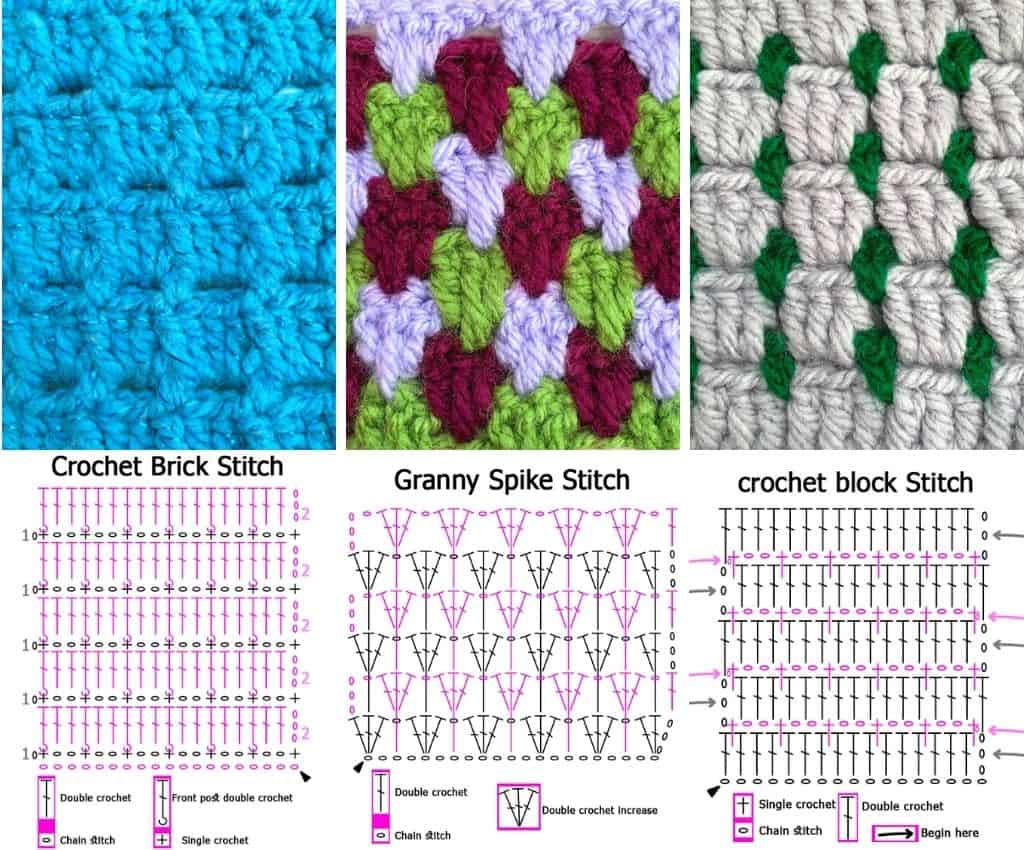

You have seen a very enticing crochet dress design on Pinterest for your little princess, and you can’t even wait for a second to get it crocheted for her. But are you stuck with the sizing issues just like many newbies in crochet? Want a crochet size guide?
You have touch down at the right place, my friend. We completely understand your concern and have the solution to your problem because we care you your precious wishes for your girl.
Ahead, we will be sharing a detailed guide about what strategies you should implement to measure crochet dresses.
Let’s get started.
Following body measurements to make the finished crochet dresses fit correctly is essential. It helps you to identify what size you should crochet.
Many crochet patterns do have some measuring instructions. Such instructions provide broad chest and bust measurements. Some designs also entail drawings or schematics. These drawings are beneficial in the dress measurements in various pattern sizes.
Crochet Size Guide:
You can crochet the dresses for your baby girls, whether it’s a frock, blouse, or skirt in different sizes by increasing rows.
Besides the size, there are various measurements, such as bust, cross back, back waist length, hip length, etc.
Firstly, let’s have a direct look at the chest fitting and ease chart.
| Very close-fitting. | This fitting usually appears to be very tight and is smaller than a person’s actual chest measurement. |
| Close-fitting | This entails your actual chest measurement. |
| Classic fitting | The classic fitting is slightly bigger than the actual chest size. It could be 2 or 4 inches. |
| Loose Fitting | As the name indicates, loose-fitting is more extensive than your actual chest size—about 4 or 6 inches more than the exact bust measurement. |
| Oversized. | Extremely loose fit. It has strikingly larger than your actual bust measurements. |
When making crochet or knitted sweaters, the fit is based on the actual chest measurements and additional inches or centimeters, which is sometimes known as positive or negative ease. The negative ease is less than the real chest measurement, while the positive ease is more than your actual chest size.
Size Chart:
Now let’s have a general overview of the girl’s dress measurement from 0 months to 24 months. This chart will tell you about available sizes for different age groups. Chest, waist, hips, armhole, etc. so, if you are making the dress for your little one or want to gift your loved one an adorable crochet dress, you take guidance from this chart.

How to take other body measurements?
Let’s have a detailed look at how you can take different measurements with ease.
- Chest. Take the measurements around the fullest chest’s part. Never draw the tape near.
- Center back Neck to the wrist. Ensure while taking measurements, the arms are straight. Measure from the bottom of the Neck from behind and move it along the arm towards the wrist.
- Back waist Length. Take these measurements from the protruding bone at Neck’s base towards the natural waistline.
- Cross back. These represent the measurement from shoulder to shoulder.
- Arm Length. Bent the arms slightly and measured from the armpit towards the wrist.
- Upper Arm. Measure around the broader part of the upper arm present above the elbow.
- Armhole depth. Measure from the upper outside edge of the shoulder down towards the armpit.
- Waist. Take the measurements of your waist at a smaller border of the natural waistline, just above the belly button.
- Hip. Take measurements by measuring the broader part of the lower hip.
- Head Circumference. To get actual head measurements, put the tape measure across the forehead, and measure around the head’s round. To get precise results, bring the tape snug.







